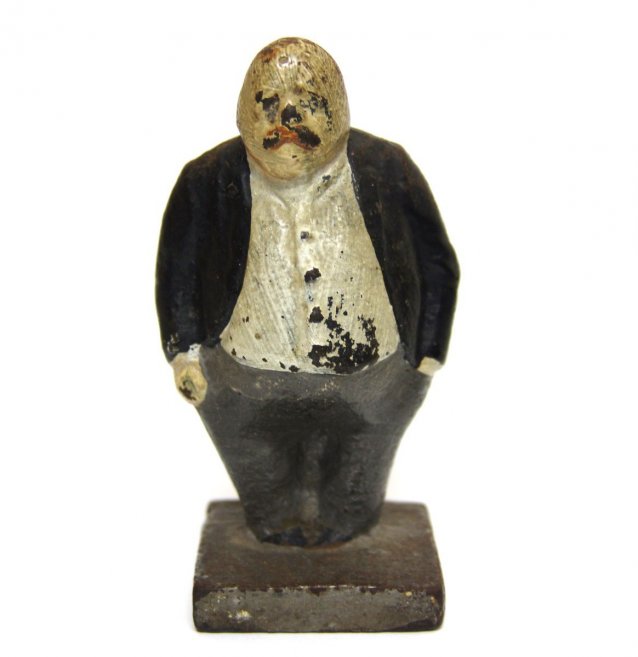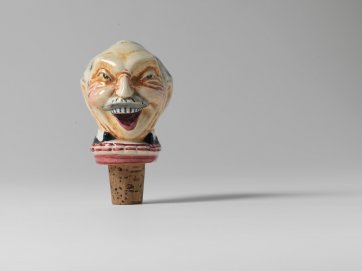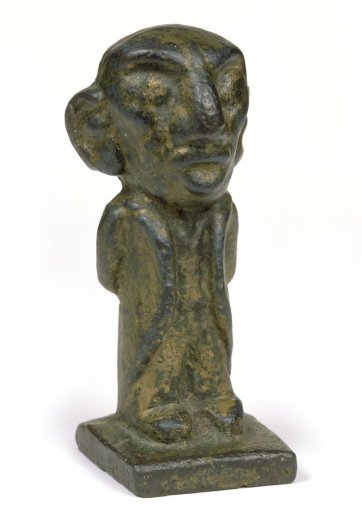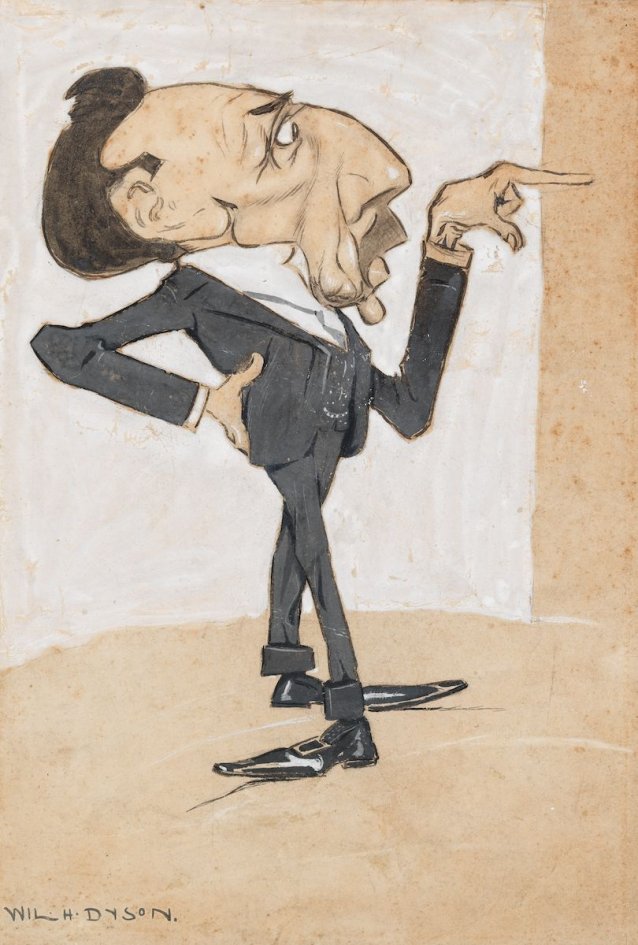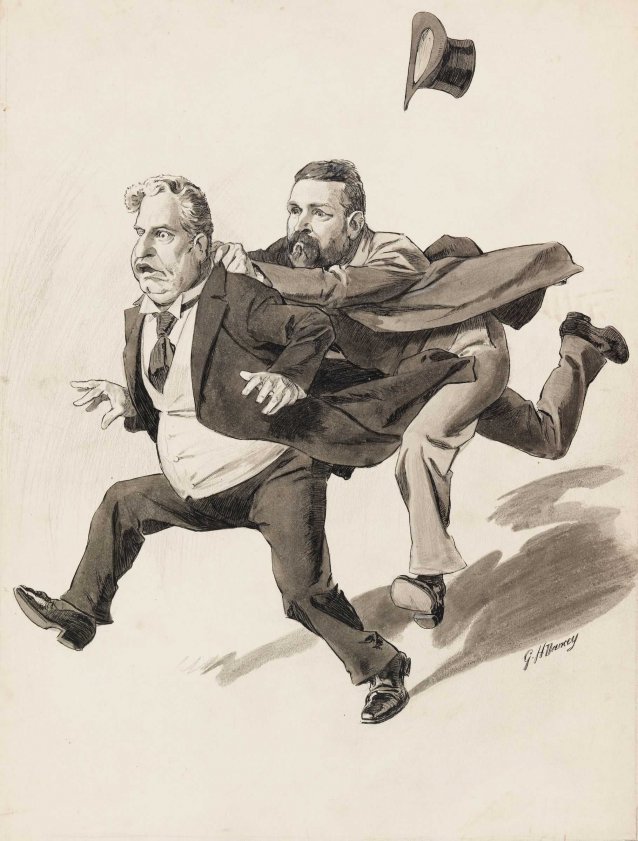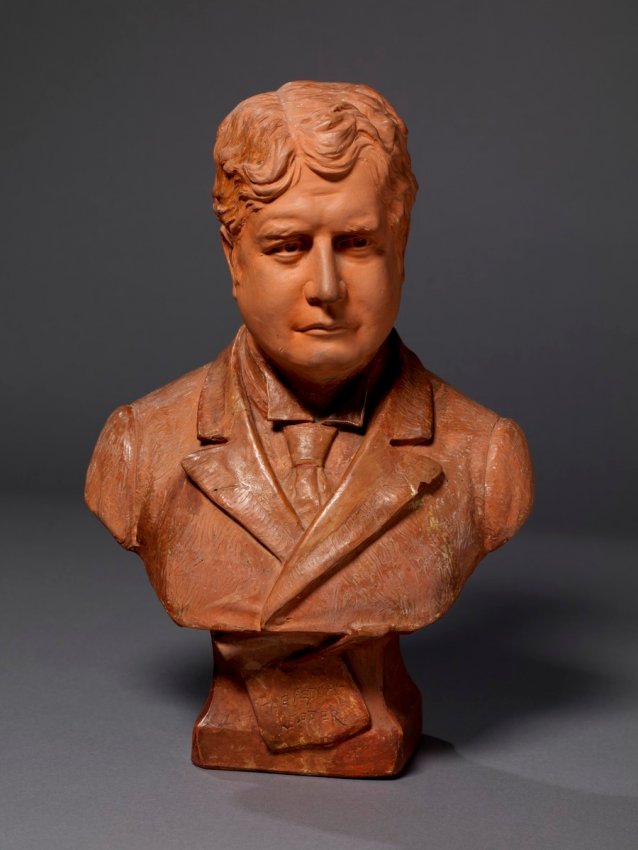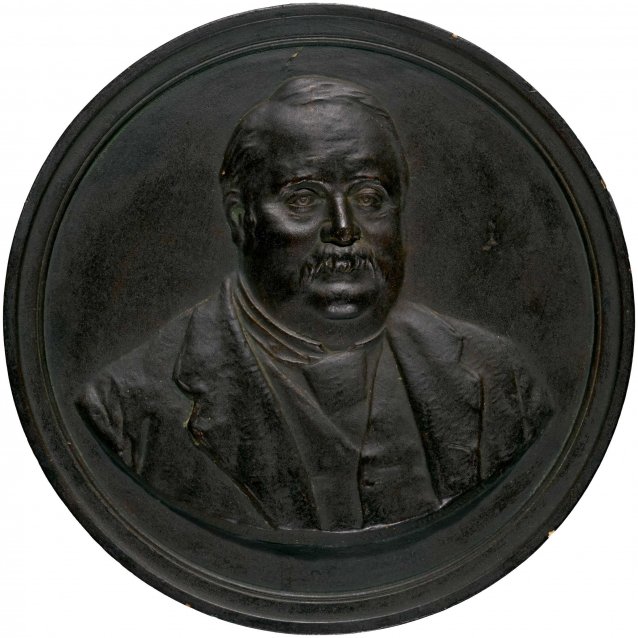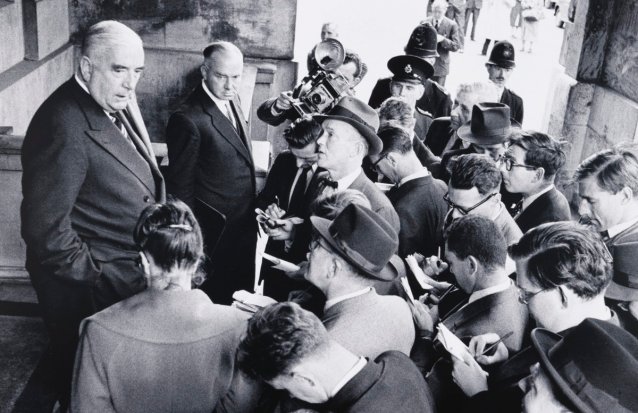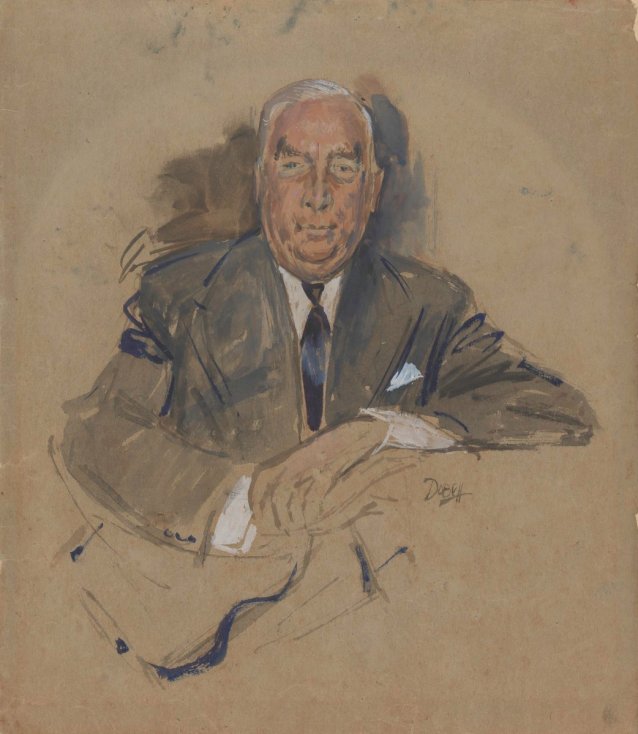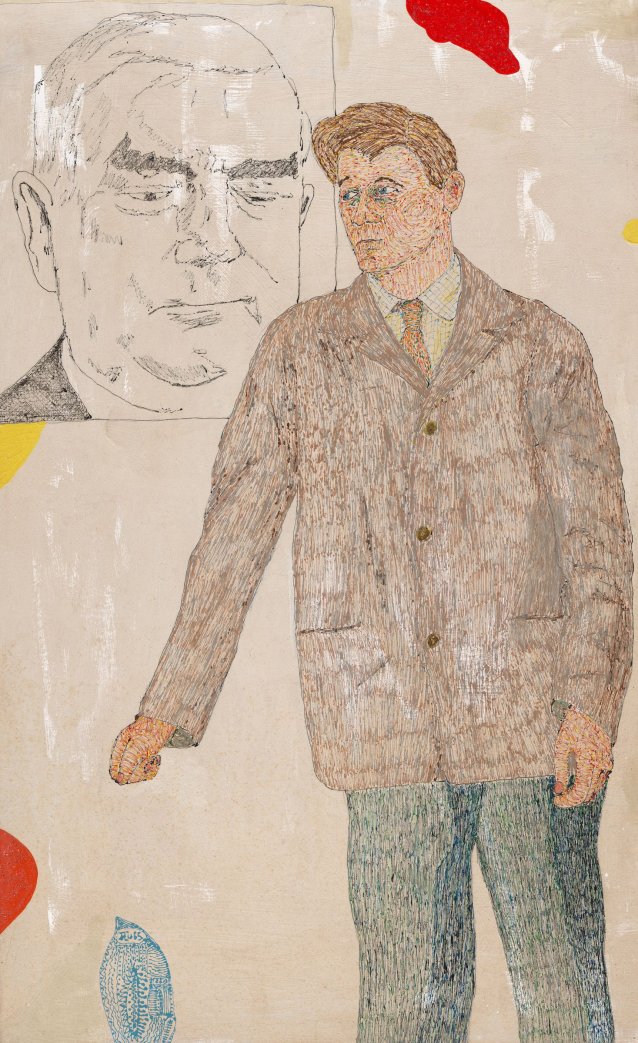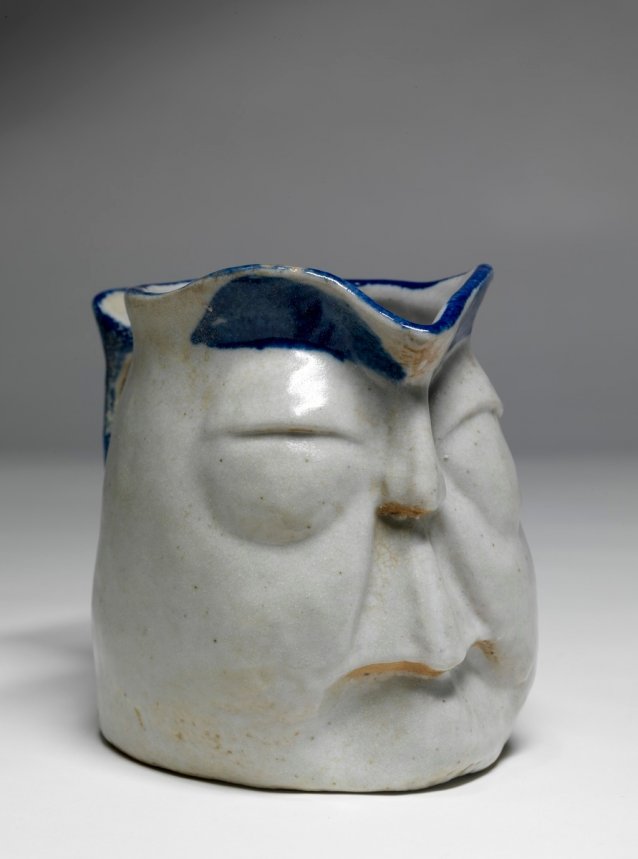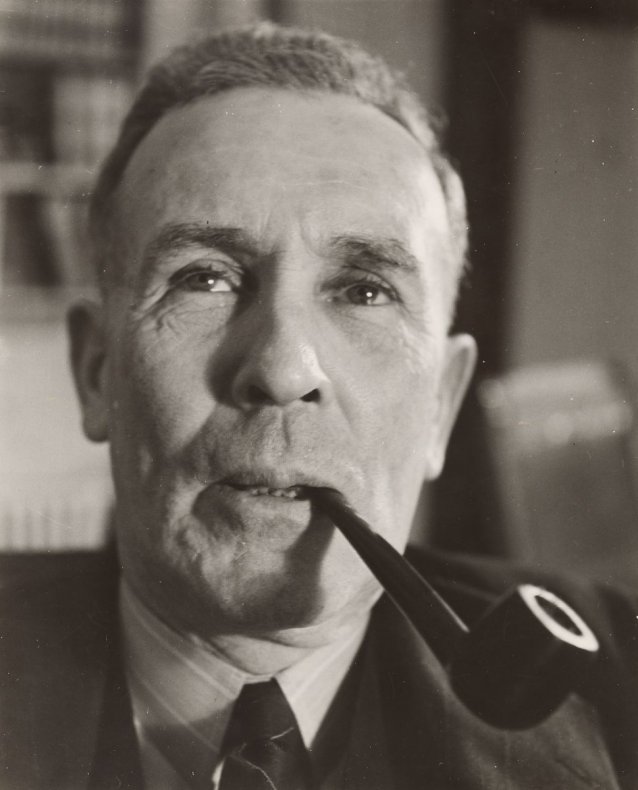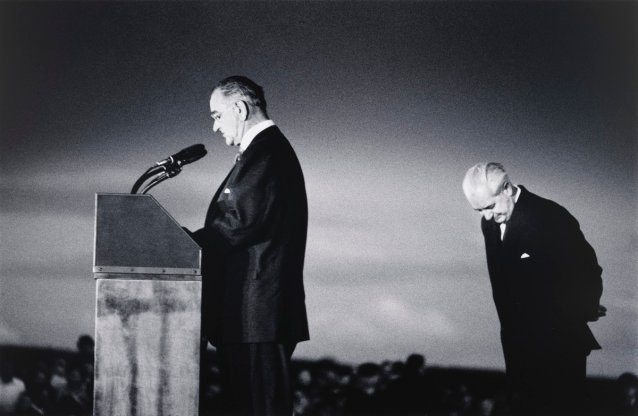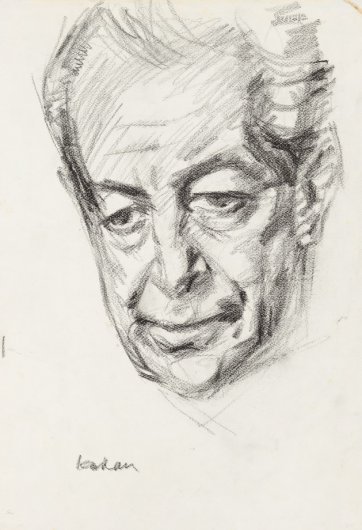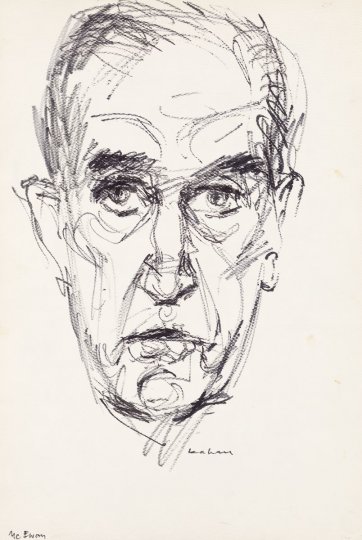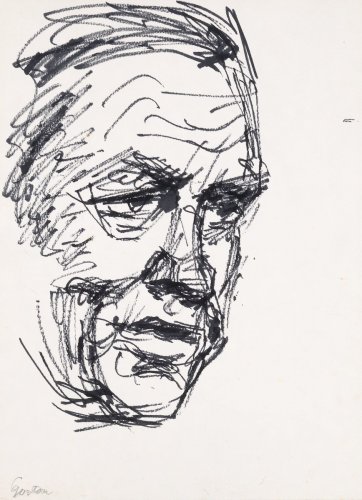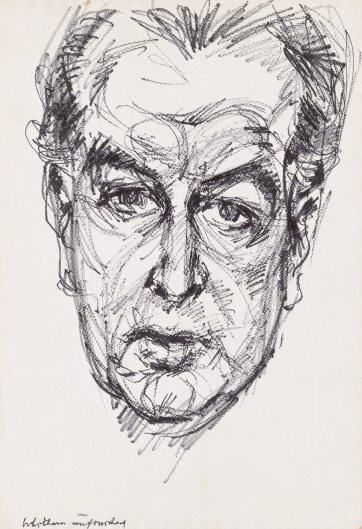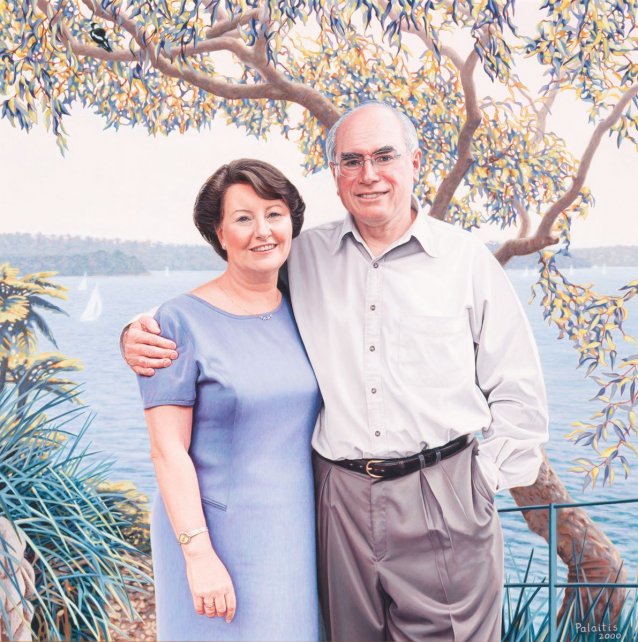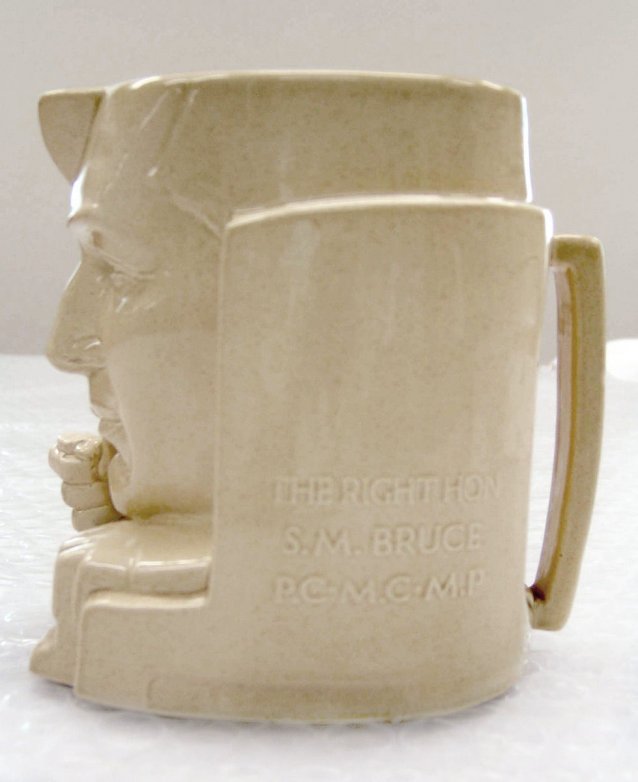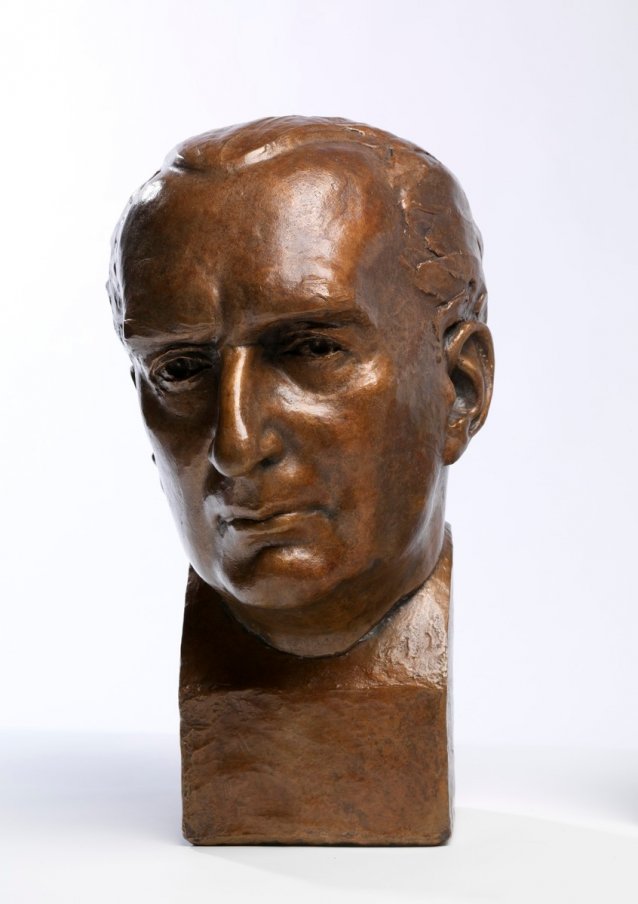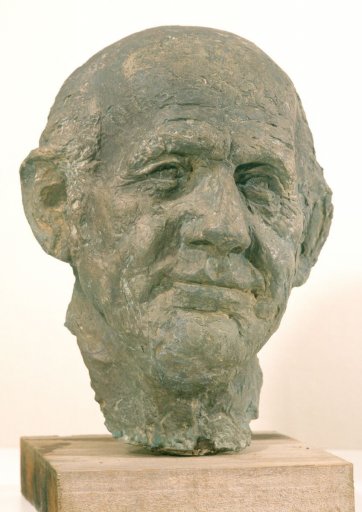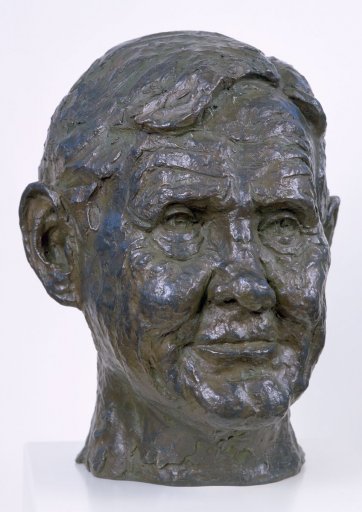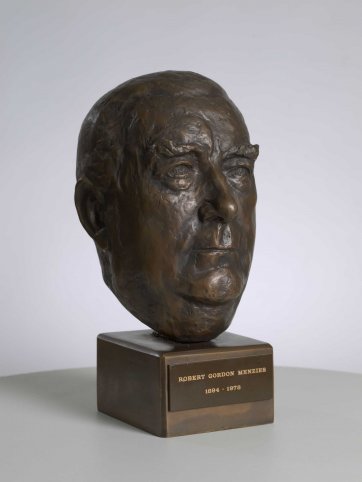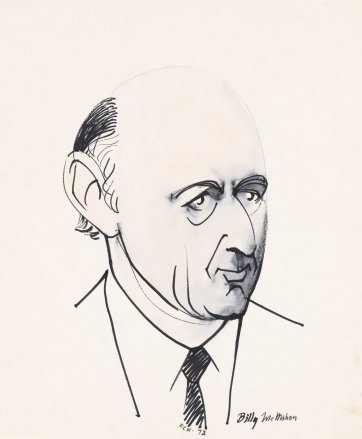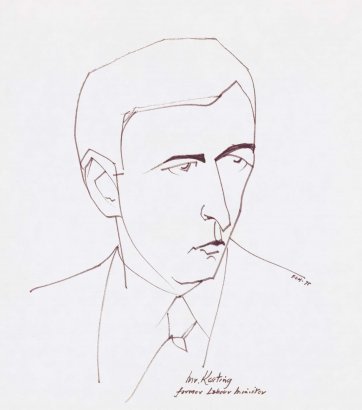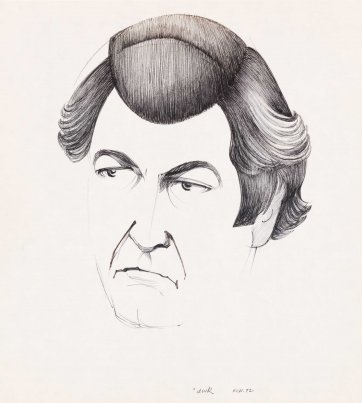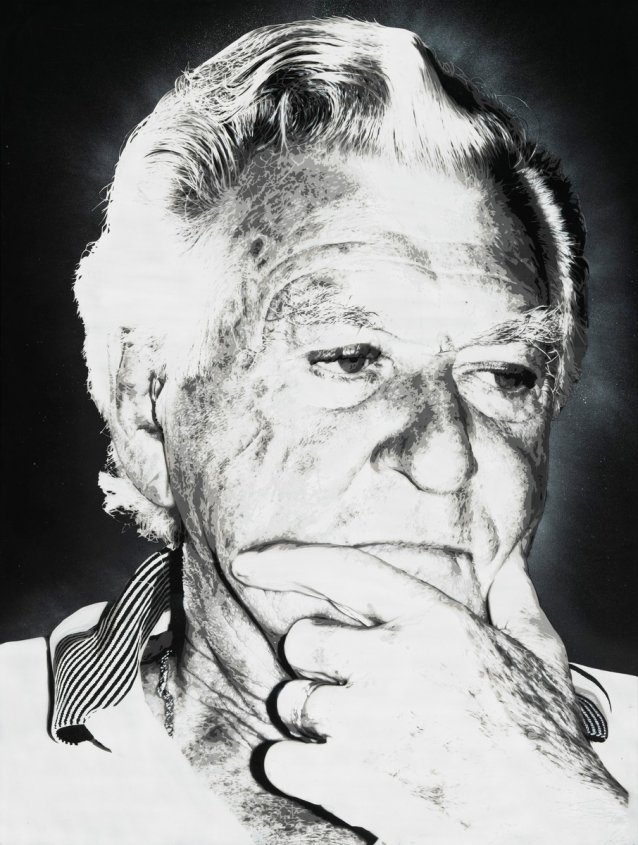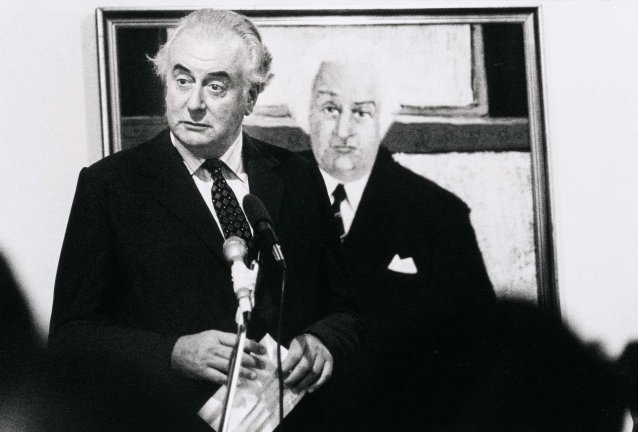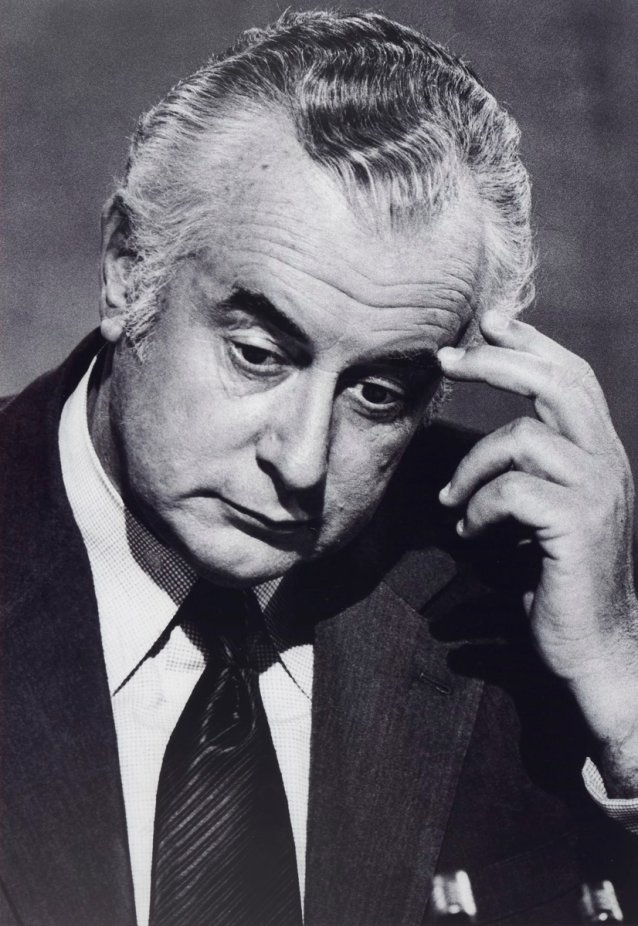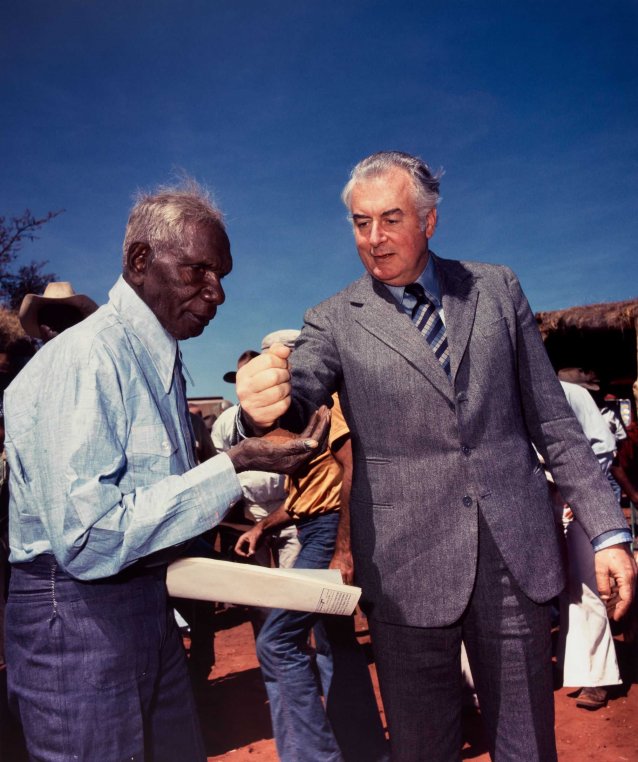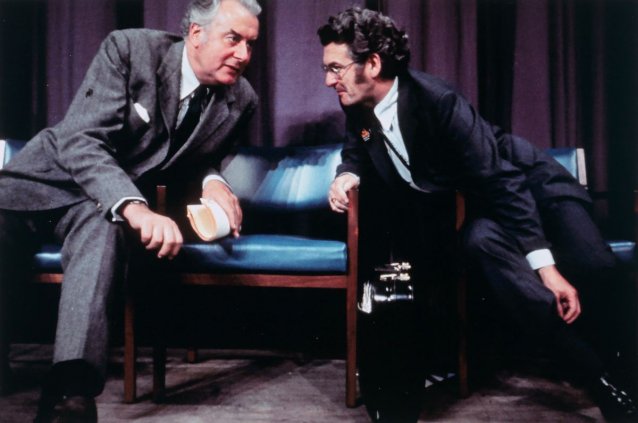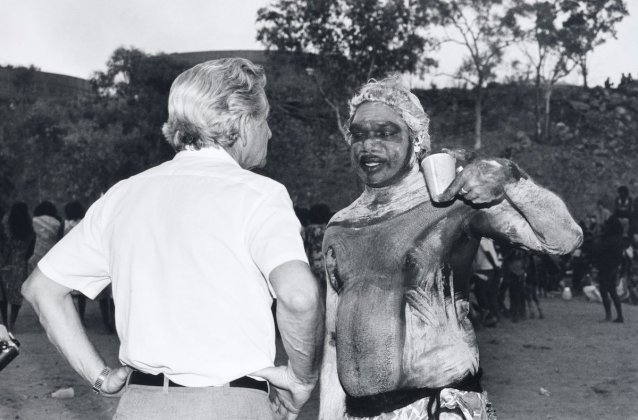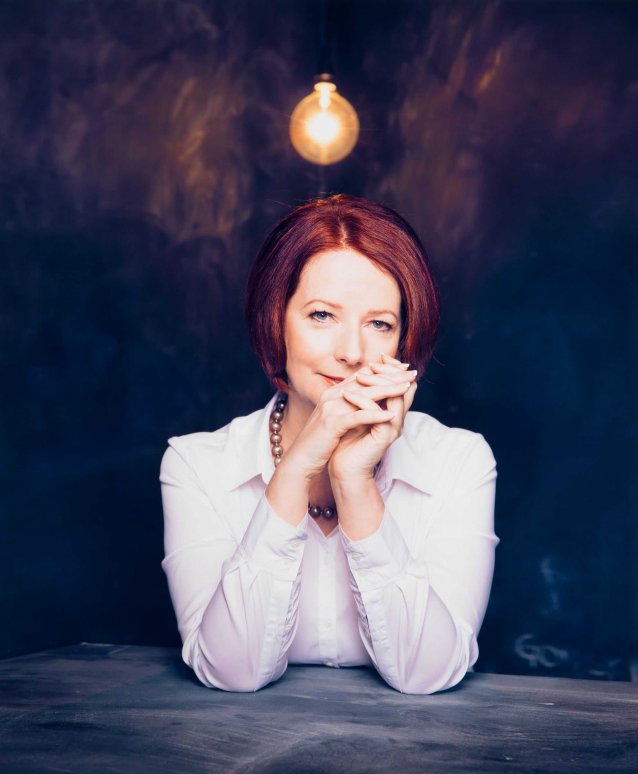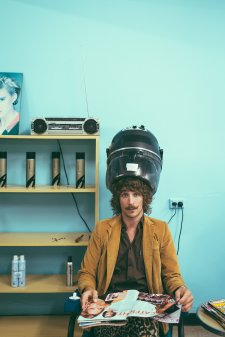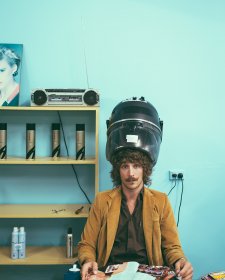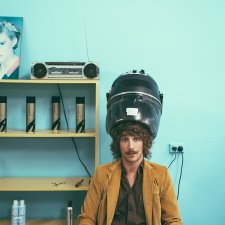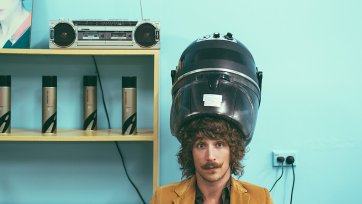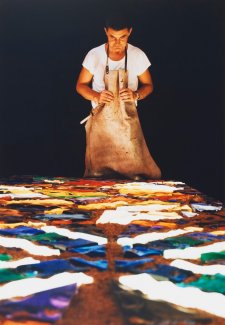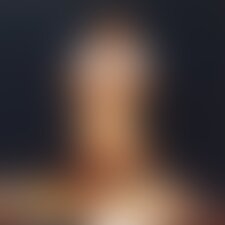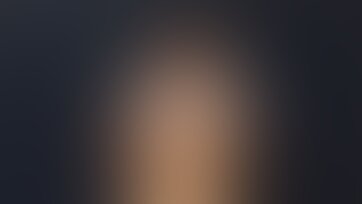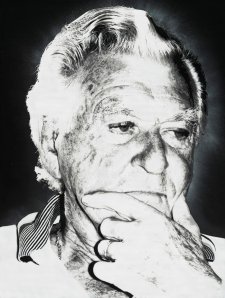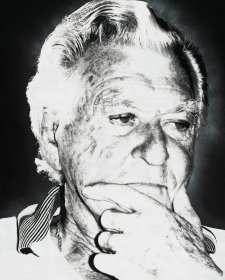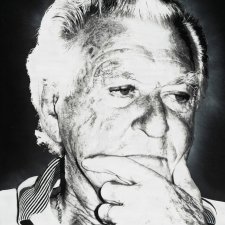Edward Gough Whitlam AC QC (1916-2014) and Sir John Kerr AK KCMG LSt J PC GCVO QC (1914-1991) were both lawyers. Kerr, son of a Balmain boilermaker, attended the University of Sydney, where he achieved first class honours and a University Medal. Admitted to the bar in 1938, he reached the rank of colonel during the war. By 1964 he was both President of the Bar Association and President of the Law Council of Australia. In 1972 he became chief justice of NSW, and in 1974, Australian governor-general.
On 11 November 1975 Kerr, having consulted the chief justice of the High Court, brought Whitlam’s term as Australia’s 21st prime minister to an abrupt end. In the preceding 18 months the government had been shaken by a series of scandals, resignations, sackings and reshuffles. In October 1975 the Opposition, led by Malcolm Fraser, used the Liberal majority in the Senate to block the supply of funds essential to the operation of the government. Aiming to force Whitlam to an early election, he justified his action on the grounds that the ‘incompetence, the damage, the failures of the worst government in our history cannot be ignored’. Whitlam retorted that it was unconstitutional for the Senate to attempt to determine who should hold government. The deadlock continued with the government’s money dwindling.
When Sir John Kerr dismissed Whitlam and appointed Malcolm Fraser caretaker prime minister, Whitlam stood on the steps of (Old) Parliament House, Canberra, and cried ‘Ladies and gentlemen, well may we say “God save the Queen”, because nothing will save the governor-general!’
Peter van der Veer, photographer, designer and painter, studied at Prahran College in the 1970s. In 1976 his work was exhibited in the Young Australian Avant-Garde exhibition at the Bibliothèque Nationale, Paris. Through the 1980s he worked in commercial portrait studios in Melbourne. Later in his life he lived in Geelong, where he mentored artists of all kinds and shared his interests in European philosophy, psychology, architecture and culture. He photographed Whitlam at a book launch, standing in front of Clifton Pugh’s portrait of Sir John Kerr, which was painted as the 1975 crisis developed.
